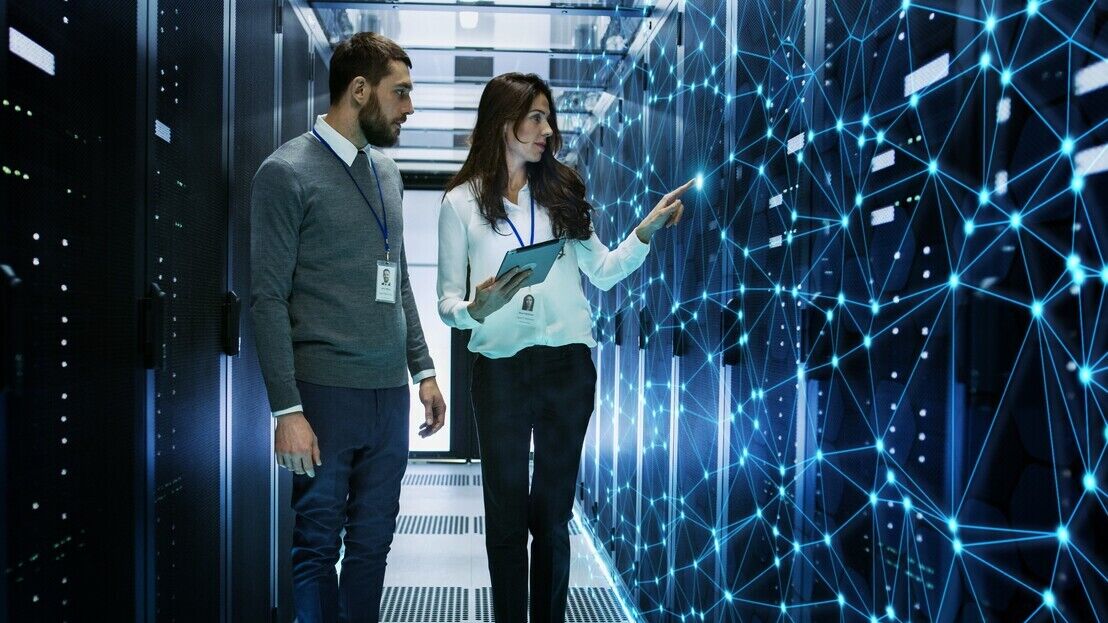The advent of cloud computing technologies means the broadcast industry is currently undergoing a seismic shift. This transition from traditional hardware-based setups to complex IT-centric systems is fundamentally altering the landscape of media production. Industry veterans Stuart Ray, the Head of Skills and Development at The IABM and Damon Neale, the Managing Director of consulting firm Mediate Solutions highlight the urgent need for a revamped approach to training and development within the industry.
The Growing Demand for Hybrid Skills
Both Ray and Neale identify a growing need for professionals who are well-versed in traditional broadcast technology as well as contemporary IT practices, with a special emphasis on cloud computing and IP workflows. According to Ray, the IABM’s courses dealing with IP, Video over IP, and IP and File-Based Workflows are the organisation’s most popular. He believes that this reflects a significant pivot towards IT-centric capabilities within the broadcast sector.
“It’s important to remember that the fundamentals of broadcast tech haven’t really changed - it’s still ultimately a process of transporting a signal from A to B,” - Stuart Ray, Head of Skills and Development, The IABM
Neale emphasises the scarcity of cross-functional expertise in the industry, “A lot of the public cloud providers are willing to provide solution architects to help design how to best deploy in their cloud,” he says. “They are often absolutely fantastic. The only problem is, they might not understand our industry. It’s incredibly difficult to find people that have a broadcast background and truly understand the cloud because there are such deep skill sets, knowledge, and experience required in each of them,” he says, highlighting the depth of the challenge...
You are not signed in
Only registered users can read the rest of this article.

Poacher turned gamekeeper: Netflix rules, for now
Netflix raids Hollywood to land a giant of old media, but having offered billions over the odds for ageing IP, would a smarter play have involved the creator economy?

Truth in the age of deepfakes: Building trust in the human-machine era
As deepfakes become prevalent throughout the media industry, experts at the BBC, Guardian, and ITN wrestle with the implications of today’s unprecedented levels of disinformation and distrust.

Rory Peck Awards: Truth has never needed its defenders more
This year’s Rory Peck Awards was an affirmation that press freedom is in severe danger, that it has become a vicious fight to sustain that facts matter. George Jarrett reports.

Camerimage: “The time to be afraid of AI was two years ago”
The festival of cinematography remains political with the rise of AI and gender equality bubbling beneath the surface.
.jpg)
Content Everywhere: Disruptive forces in 2025, from AI to ROI and SGAI
Looking back over 2025 to date, it’s clear that AI continues to widen its role in the Content Everywhere ecosystem, and many companies are becoming more discerning about how and where the technology should be applied to streaming and video technology. Clearly, there is still much more to come, and much more to learn, but what have recent developments taught the industry to date?




.jpg)
.jpg)